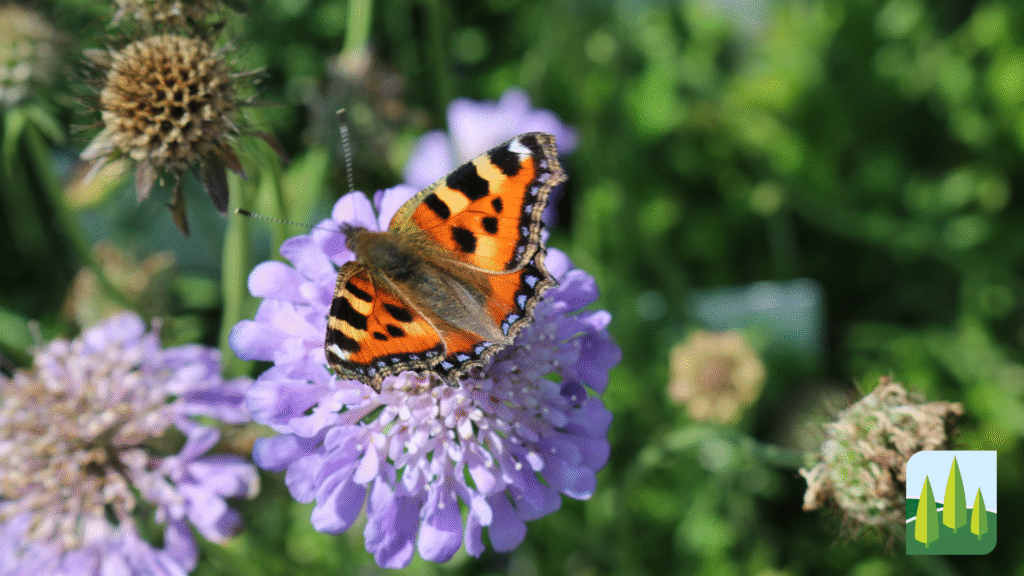
July is buzzing — quite literally — with the sights and sounds of bees and butterflies, and it’s the perfect time to reflect on just how vital these little garden visitors are. While they certainly add beauty and movement to our outdoor spaces, they play a much deeper role in our environment. These essential pollinators are crucial to the ecosystems we depend on — including the food we eat.
The UK government has outlined an awareness initiative called Bees’ Needs, which highlights five simple actions we can all take to support bee populations. This campaign peaks during Bees’ Needs Week, running from 14th to 20th July.
One of the key activities during the week involves a bit of citizen science. Simply spend 10 minutes observing a patch of flowers near your home or workplace. Sit still, count how many bees visit, and if you’re able, try identifying them. Did you know there are 270 types of bees in Britain, including 24 species of bumblebee? Identification guides are available through organisations like the Wildlife Trust.
Grow nectar-rich plants — not just flowers, but also trees and shrubs.
Let your garden go a little wild — a messy corner is a pollinator paradise.
Mow less often — longer grass supports wildflowers and nesting.
Respect nests — avoid disturbing wild bee or butterfly homes.
Rethink pesticides — reduce or eliminate use where possible.

Later in the month, the spotlight turns to butterflies. Like bees, they are vital pollinators, but their needs are a little different. Not only do they require nectar-rich flowers, but they also depend on specific plants for the caterpillar stage of their lifecycle.
There are 57 resident butterfly species in the UK — but sadly, five species have been lost in the last 150 years. Each butterfly has its own preferred habitat, whether it’s woodland, meadow, or heath, which makes habitat protection a key part of conservation.
Some garden-friendly plants that are perfect for butterflies include:
Lavender
Buddleia (the butterfly bush)
Lilacs
With the Big Butterfly Count running from 18th July to 10th August, now is the time to step outside, take a moment, and see who’s fluttering through your patch. A thoughtfully planted garden can attract up to 20 species of butterfly — and each one is a sign that your garden is making a difference.

Take 10 minutes. Make a big impact.
This July and August, let’s appreciate our pollinators — not just for their beauty, but for the vital role they play in the health of our planet.
Posted 9th Jul 10:33am